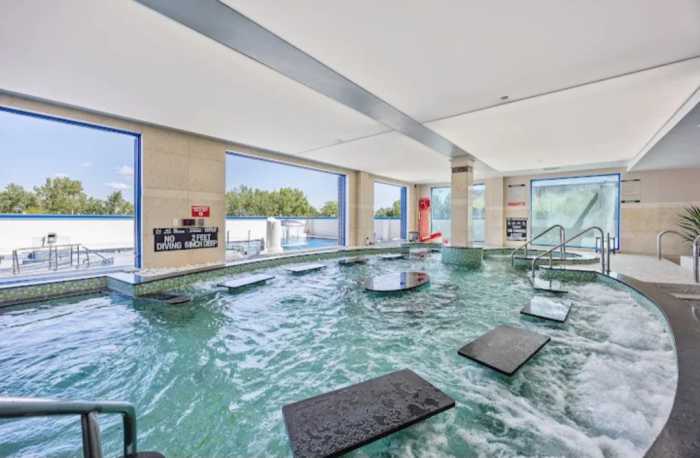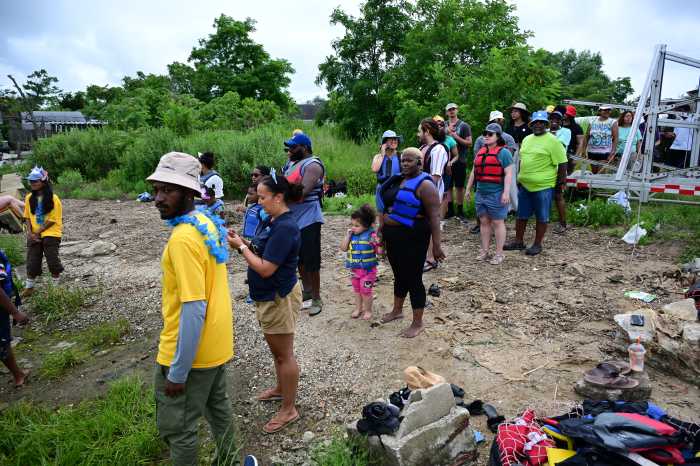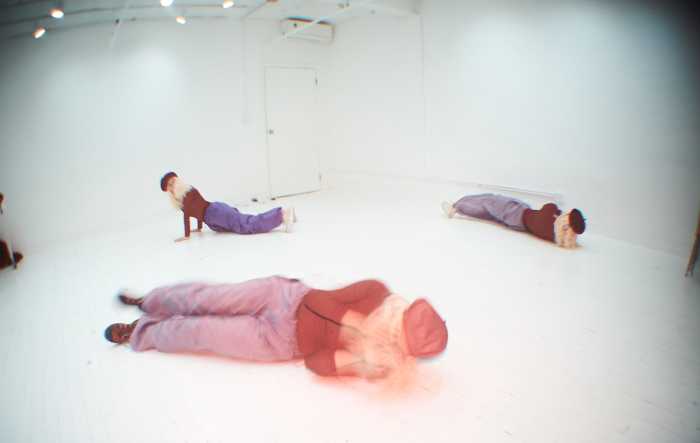By Allison Plitt
Within the past five years, Long Island City sculptor Noriko Kuresumi has received awards and recognition for her artwork.
Most recently, she won the grand prize in the “14th Tokyo-New York Friendship Ceramic Competition” last year. In 2012, she picked up the first prize at this event held in New York.
Despite her recognition and commercial success, Kuresumi is a completely self-taught sculptor.
She has never taken a sculpting class.
Born in Japan, Kuresumi grew up in the Chibaken area of Japan, which lies right on Tokyo Bay. Since all of her sculptures are titled “Sea of Memory,” her childhood living near the water places a significant role in her artwork.
After dropping out of fashion school at age 19, Kuresumi decided to try her hand at sculpting, beginning in 2000.
“I tried carving stone, but it was too hard,” Kuresumi said. “I didn’t like working with wood either. Once I found clay, I loved it. When you work with clay, it is so easy to carve.”
All of Kuresumi’s sculptures are created by hand and made of porcelain.
Concerning her creative process, she explains, “I like to recall my memories, especially the memory of the natural beauty of the sea.”
As a result, many of Kuresumi’s porcelain sculptures look like sea shells or coral.
While Kuresumi doesn’t paint her artwork, she lets their shapes and textures speak for themselves.
Although her first noteworthy piece in 2008 is called “Rose and Thorn,” the rest of her artwork in the following years appears more indicative of sea life. For a competition in 2009 in Ohio, she created four “sea creatures” with either evenly carved spikes, smooth circular shapes, or detailed layers — all indicating hours of workmanship.
Kuresumi said that in her early 20s she was influenced by the writings of a Russian philosopher and spiritual leader named George Ivanovich Gurdjieff, who believed that most humans lived in a hypnotic state of “waking sleep.” However, he thought that men could awaken from this state by “working on themselves” and transcend to a higher state of consciousness to achieve their full potential.
In addition to her interest in Gurdjieff, Kuresumi also believes in the Chinese concept of Tao, meaning “way” or “path.” Taoism is part of most East Asian philosophy and religion in general and signifies the underlying natural order of the universe. The object of the philosophy is to harmonize one’s will with nature. An expression of one’s faith in Taoism is meditation, which Kuresumi said she practices.
Kuresumi’s artist statement reflects the Tao idea of the natural order of the world.
“The sea is the origin of life. All lives are connected and have been supporting each other,” she said. “I create my work by imagining the source of harmony and balance of the ocean.“
Having worked as a sculptor for 14 years now, Kuresumi gives simple advice to those who are interested in sculpting as a profession. Since she didn’t attend art school and achieved success through her own hard work, her words are, in fact, quite sincere.
“Work hard, follow your dreams, and don’t give up,” Kuresumi said.
Kuresumi concedes she still follows those mottos herself.
Describing her favorite part of her job, Kuresumi shows her natural progression as a sculptor.
“I was drawn to porcelain because of its feminine, elegant, and expressive qualities,” she said. “My sculptures are carefully hand built, reflecting my passion for organic line and contrasting textures. The possibilities of the porcelain clay body continue to inspire me every day.”
For more information about Noriko Kuresumi and her sculpture, you can view her website at www.norikokuresumi.com.


































